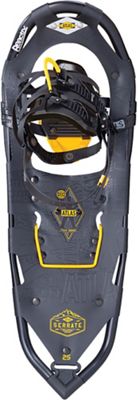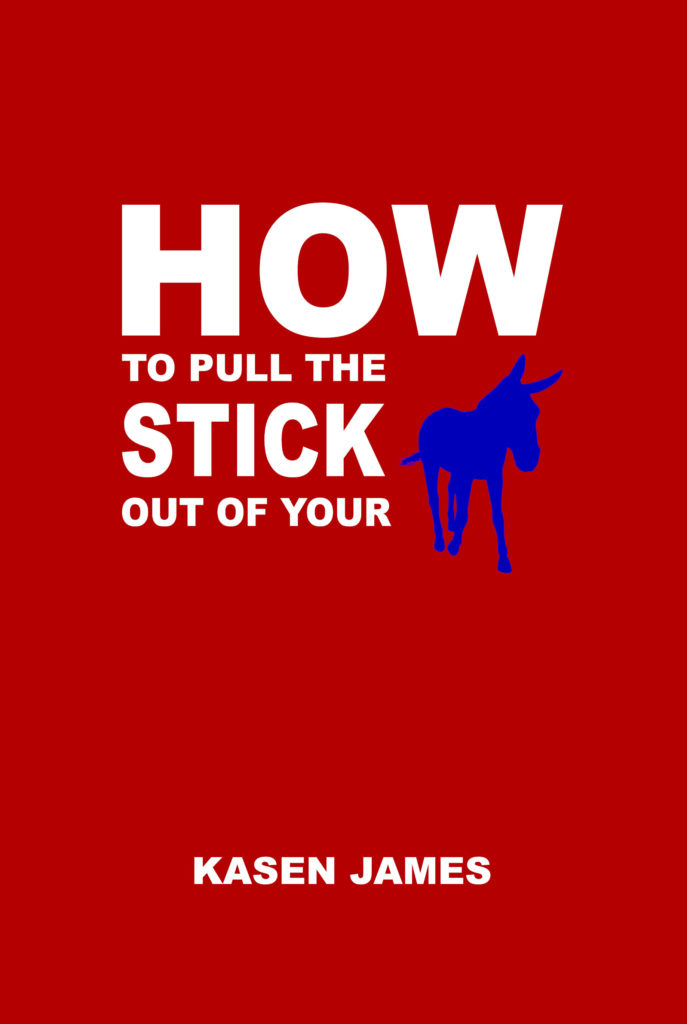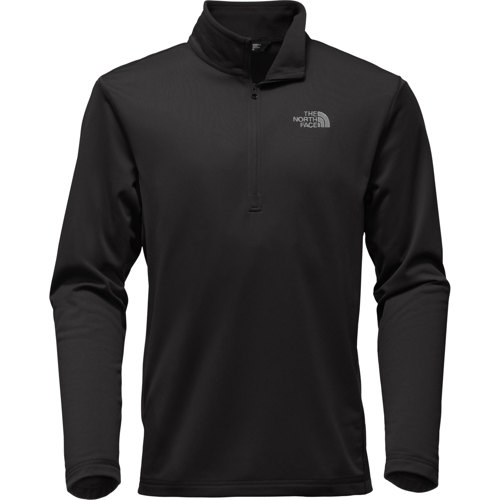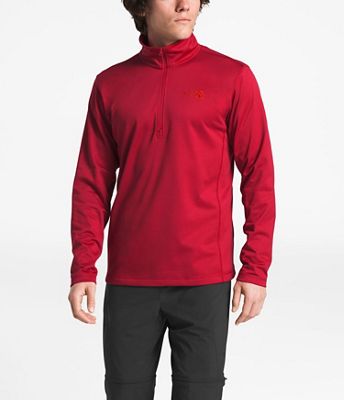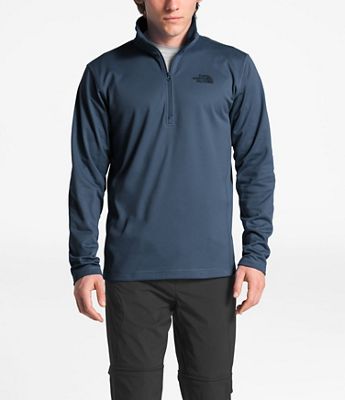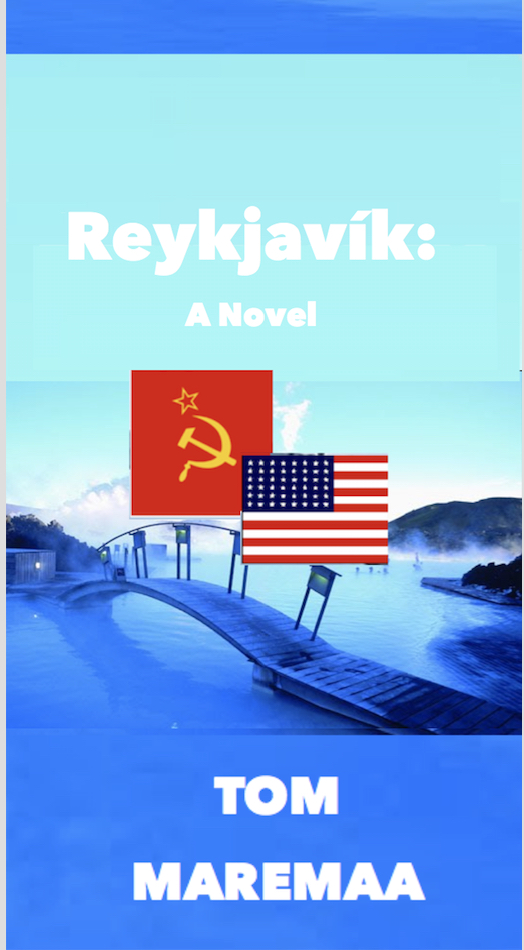
For me, novels take on a life all their own if the characters won't let go, and in this case, Nathalie and Andrei did just that. They wouldn't let go. I began living and breathing the lives of these characters, writing about them as if they were part of my family, sharing their lives with my wife, who later worked hard and brilliantly to edit the book and understand these characters, what made them tick, what motivated their actions, what made them real in the best sense of the word.
Tom Maremaa – 23 December 2018
The Back Flap
Revenge is a dish best served … on ice. And spiked with a bitter taste of family betrayals, geopolitical conflicts and memories, all starting in Reykjavik, in the land of ice and volcanoes.
Tom Maremaa's daring, provocative novel begins on the day President Reagan is shot when Dylan Rose, a young rebel without a cause, undergoes a major change in life. He must grow up and choose to follow the events of the Cold War, leading him in time to the Reykjavik Summit between Reagan and Gorbachev in October, 1986. As a young journalist, he comes of age, and begins a quest that takes him to all corners of the globe.
History pivots on the promise of the Summit while the Cold War leaders struggle to reach an agreement on limiting their staggering and deadly arsenals of nuclear weapons, with the world teetering on the brink of Armageddon. Astonishingly, the agreement hinges on a single word. Is that even possible?
But there's more to come, like Dylan's chance encounter with his former teacher of Russian from Berkeley, a woman of remarkable intellect, a brash and brilliant woman, on the eve of the Summit. And her secret fling, which he later discovers, with a chivalrous Soviet nuclear scientist whose loyalty to his Kremlin masters is destined to come under fire.
That's just the beginning of this rich and engaging family chronicle, with roots in Nabokov, Pamuk and Tolstoy, as recounted by the journalist — a novel that spans more than four decades of geopolitical turmoil and strife.
Reykjavik: A Novel takes us beyond the events of the Summit in Iceland, as we witness the fall of the Berlin Wall and eventual dissolution of the Soviet empire. History unravels when the Soviet Union comes apart, unleashing a fusillade of dark, violent forces. Oligarchs appear and take control. The teacher of Russian finds her life turned upside down in the years that follow, transformed forever. Intrigue and espionage play out — with devastating consequences — on the post-Cold War stage between America and the new Russian Federation.
In the end, as readers, we come away from this richly detailed novel having experienced the world of love and geopolitics in ways we haven't seen or felt before.
About the book
What is the book about?
Passion always dictates form. My passion for this narrative took shape over a period of years. The seeds were planted a long time ago, drawing on my memories of Reykjavik back in the 1980s and the Summit in 1986, when Reagan and Gorbachev met to decide the fate of the world.
At the time, the world was teetering on the brink of Armageddon, a dangerous and perverse period in history, with nuclear missiles from the US and Soviet Union pointed at each other, within a time window of 30 minutes from launch. Can you really believe that kind of madness? It still boggles my mind. I mean, we had reached the point where mutually assured destruction (MAD) was the order of the day. Once launched, the missiles could not be stopped or return from their targets, the gravity's rainbow of their paths impossible to change. Millions would be dead within minutes, the world literally blown to pieces. I'd been living with that for years as a young writer, and even now it stuns me when I think about it. I knew something about Reagan, had followed his rise to power, and applauded his willingness to meet with Gorbachev and end this nuclear stalement. As it happened, I had come to California in the 1960s for graduate school at Berkeley when Reagan was governor and lived through the Dr. Strangelove period depicted in Stanley Kubrick's movie with Peter Sellers. I had grown up with The Bomb, but not by any means loving it.
Anything was possible, the world gone mad. And Reagan, to his credit, wanted to rid the planet of these weapons. He and Gorbachev met a number of times, culminating in the Reykjavik Summit, when they knocked heads to figure out a way to reduce, and ultimately eliminate these monstrous nuclear arsenals on both sides. Meanwhile, the Soviet Union was coming apart. Under the yoke of Soviet rule, people in Eastern Europe – in countries like Poland, the Baltics, East Germany – were growing more and more dissatisfied with the quality of their lives, restless now, hungry for freedom, resistant to the forces of oppression, all of that. Against this backdrop, the elements of my novel began to come together.
We as readers land in Berlin on the eve of the fall of the Wall, in November 1989 (as I did personally), then beyond to the 1990s when the Soviet Union collapses and a new class of oligarchs emerges to rule and take power and grab the wealth of the country, which was enormous and ripe for the pickings. In the story we return to Reykjavik in 1996 to hear David Bowie perform, then later in the 2000s to visit the gravesite of Bobby Fischer, the extraordinary chess master who is buried in Iceland, and who beat Boris Spassky in 1972 in the chess match of century, and finally, we taste the consequences of revenge all the way up to the present. The consequences, well, can be quite bad, as the younger generation, the youth of today, emerge and take power and control away from their elders, and set things right. That's how we evolve, how history plays out.
When did you start writing the book?
Years ago, can't remember exactly when. You try to dig deep into the wellsprings of feeling and imagination, and trust your instincts when you sit down to compose. As a young writer and journalist, I spent much of my time traveling, writing and reporting, stretching myself and learning my craft, and as it happened, my travels took me to various cities and countries depicted in the narrative.
I tapped into those streams of memory and drew on my experiences back in Berkeley, California during the 1980s, a turbulent time, much anxiety in the air, tensions between East and West, and in Reykjavik, which became the center of my novel, and in Europe before and after the fall of the Berlin Wall. I grew up speaking a half-dozen languages as a typical polyglot, like the central character in the novel, Nathalie Campbell, who teaches Russian in Berkeley and is enticed to work as a "translator," if you will, at the Reykjavik Summit in 1986. How was she enticed? And by whom? And were their consequences? Yes, those are questions that my novel attempts to answer, although the reader must ultimately decide for themselves.
How long did it take you to write it?
A lifetime, plus four years.
Where did you get the idea from?
It came to me, rather than my getting it from someplace. Before too long, the seeds broke through the fertile garden of memory and started to grow into what the novel was to become. And then, seemingly on their own, the characters in the narrative began to haunt my dreams.
One night Nathalie Campbell appeared, then Andrei Heilemann, both professionals in their respective fields, one a teacher of literature and the other a nuclear scientist, pulled together by the forces of nature, or history, or some combination, their lives intersecting at precisely the moment in time when it mattered the most, when each had to give up something of themselves and change direction in life.
Nathalie Campbell is the central character in the narrative, and as she came to me in my dreams, I began to see her as a kind of everywoman, an anima type, a woman you could not easily forget, a woman who kept you spellbound, a woman whom you could love yet not ever truly know, being somehow elusive, fleeting, magical, a woman with great depth and feeling, a woman of the world with many stories to tell. Does that make sense? Probably not. Even now, having written the book, I still can't figure her out. Andrei Heilemann, the Soviet scientist who defects to the West, was my neighbor down the street, the colleague at work, the man whom I knew, not as a brilliant nuclear scientist, but simply a fellow I could depend on in a crisis, a good man, perhaps even a great man, yet a man with a past, a man with a vengeful brother, a man swept up in the torrents of history, caught in its dangerous cross-currents and multiplying dark forces.
For me, novels take on a life all their own if the characters won't let go, and in this case, Nathalie and Andrei did just that. They wouldn't let go. I began living and breathing the lives of these characters, writing about them as if they were part of my family, sharing their lives with my wife, who later worked hard and brilliantly to edit the book and understand these characters, what made them tick, what motivated their actions, what made them real in the best sense of the word.
The story of Nathalie and Andrei's personal lives seemed important and needed to be filled in. Another character appeared, much later. Dylan Rose, the probing, inquisitive journalist, appeared to tell their story, the story of a family caught in the crosswinds of huge geopolitical changes. And of course, there had to be the resentment of the younger brother in the old Soviet Union, whose anger at the fall of Empire could not be underestimated or denied, the embodiment of all that happened when the Soviet Union crumbled and fell apart, and a new class of oligarchs emerged. He would not rest. He would go after his older brother who defected to the West, and do it with a vengeance.
Were there any parts of the book where you struggled?
The entire narrative was a struggle because the lives of the main characters were filled with grief and loss, revenge and betrayal. I felt their struggles on every page of composition. The story couldn't be told any other way.
What came easily?
None of it came easily. Every book is a struggle for life, and this one was no exception.
Are your characters entirely fictitious or have you borrowed from real world people you know?
Good question. Don't know that I have a good answer. Once the characters and narrative began to take shape, they became real to me. For historical purposes, I was able find the unclassified documents from the Reykjavik Summit, released in 2004 by the State Department into the public, and then review the many books and articles written on Reagan, Gorbachev and the Summit. It gave me some understanding of the "official" version of events, but nothing really below the surface. I kept digging and digging to find the missing pieces, the backstory, the untold events. My novel was an attempt to get to the "truth" of the Summit and how it affected the collapse of the Soviet Union, the fall of the Berlin Wall, the rise of a new class of ruthless oligarchs in the new Soviet Federation, oligarchs with global reach and command, why the new leadership in Russia felt the way they did when the Empire collapsed, the degree of resentment toward the West, toward the US as the lone global superpower, and why that mattered, why it was part of the motivation by the current leadership to divide the West, restore the Russian Federation to its former glory, all that retribution, moral equivalence, what-about-ism that you get hit with in the news today. Reykjavik puts it all in perspective, so you can see where it came from, how it evolved and morphed into our present situation in relations between East and West. That's probably why I had to write the book. No, not probably. That's why I wrote the book.
Reykjavik relies on a confessional technique as a way of telling the story of Nathalie and Andrei's lives. And the way a story is told has a major impact on how the reader experiences the narrative and whether it comes to life, whether it breathes and rings true. As a writer, you have a few choices, like third-person omniscient, second-person (the you narrative, I call it), and first-person, as you find in most novels these days. But to me, the first-person technique can get boring very fast, because you have a limited field of view, the story is told through the eyes of a single person. It's much more interesting to tell a story in the first-person as it's told to that person, with multiple voices, and greater depth of character. In effect, there are many characters, as in real life, with first-person stories, all woven together in the narrative. It's a technique that Sebald uses brilliantly in Austerlitz because it takes you inside the mind and experience of not just the narrator but the main character who tells his story to the narrator.
We all know how important it is for writers to read. Are there any particular authors that have influenced how you write and, if so, how have they influenced you?
Joyce, Nabokov, Pynchon. And lately, Bolano, Coetzee, Franzen.
Do you have a target reader?
A reader of literary fiction who appreciates works that aren't genre, aren't necessarily plot-driven, a reader who loves literature.
About Writing
Do you have a writing process? If so can you please describe it?
Typically, I plant the seeds for a narrative based on characters that somehow take hold and want their stories to be told. I may have six or seven stories in the works. Over time, one of them will emerge and force itself into consciousness. Then, I simply become an instrument for allowing that story to run, spill out, move through time and space. I'll go for a streak, then pull back, catch my breath, and see where I am. I try not to force myself onto a story, compel its creation, muscle the prose. Your writing will be as true and deep as you're feeling, said Gertrude Stein, when it's running truest and deepest. And again, passion dictates form. There can be no great art without passion, as Stein reiterated.
Do you outline? If so, do you do so extensively or just chapter headings and a couple of sentences?
No outlines, never. No chapter headings until much later, like after you've written the chapter. Outlines are for writers who are focused on plot twists and turns. I focus on characters and where they take me in the narrative.
Do you edit as you go or wait until you've finished?
I edit somewhere in between the first pass and the final pass. I try to keep the critic at bay and allow the work to come to life spontaneously. I write to discover, not knowing what each sentence will be beforehand. Later, I'll revisit the text and revise, revise, revise until I think I've got it right. There's a 20-page passage in Joyce's Finnegans Wake (Anna Livia Plurabelle) that took the master 1600 hours to create. That's 8 hours per day, 7 days a week for 6 months. Dedication to editing, learning to think like an editor, make every word count, as my editor at Morrow once told me – all of that is important. But you can't let the editor interfere with the first draft, with the initial burst of composition. You must ask the editor to step aside, leave the room, grab a cup of coffee, take a walk — until you've got a draft that you can live with. Then, ask the editor to come back inside and sharpen her blue pencil.
Did you hire a professional editor?
My wife is my editor and she's fantastic: she has a keen eye for detail, mistakes, typos, illogic, lazy sentences, punctuation errors. I'm happy that she's willing to take on my 100,000 word novels and iterate through them. Bless her!
Do you listen to music while you write? If yes, what gets the fingers tapping?
Oh, yes. I have a playlist of music from a variety of sources. I like jazz, rock, classical, music that evokes a time and place in memory, music that inspires and touches the soul. Remember, poetry is essentially music put to words. Prose is about music orchestrated in paragraphs. And yes, paragraphs are emotional, sentences are not. I strive to create paragraphs that ring true, like notes in a musical composition.
About Publishing
Did you submit your work to Agents?
Yes.
What made you decide to go Indie, whether self-publishing or with an indie publisher? Was it a particular event or a gradual process?
Literary fiction is an endangered species. Only one out of ten works of fiction fall into that category and the numbers are declining. Indie is the only way to keep literary fiction alive, writing that is multilayered, complex, imaginative, character and language-driven. Ultimately, the reader is the big winner because they'll come to your work with fresh eyes and see the world as you see it.
Did you get your book cover professionally done or did you do it yourself?
Professional.
Do you have a marketing plan for the book or are you just winging it?
No.
Any advice that you would like to give to other newbies considering becoming Indie authors?
Trust your instincts. Avoid the crowd of folks offering advice, any advice like this, even if it's good. Unless you've grown up reading genre fiction, like mysteries or science fiction, you'll be better off trying something that's original, not genre. Learn a trade, so you can make a decent living and not be dependent on your writing to pay the bills. Your writing will thank you. You'll be a carpenter who writes, a software engineer who writes, a travel agent who writes, a teacher who writes — rather than A WRITER. Life will be much easier for you, and you'll be more productive, you won't repeat yourself and burn out.
End of Interview:
For more from Tom, visit his website.
Get your copy of Reykjavik from Amazon US or Amazon UK.
from The IndieView http://bit.ly/2rPT7FI







 Amazon US
Amazon US  Moosejaw
Moosejaw  Moosejaw
Moosejaw 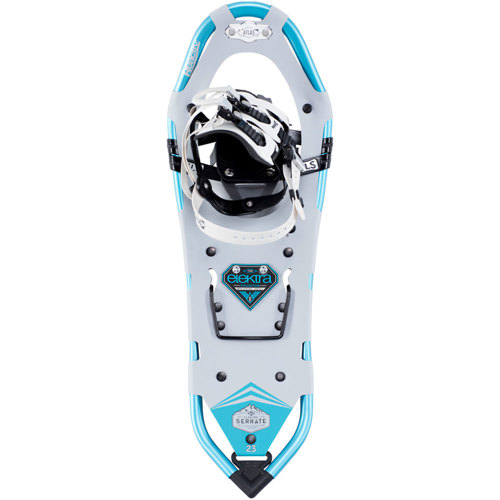
 Sunny Sports $289.95View
Sunny Sports $289.95View
 REI.com $289.95View
REI.com $289.95View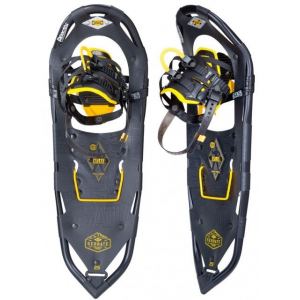
 CampSaver.com $289.95View
CampSaver.com $289.95View